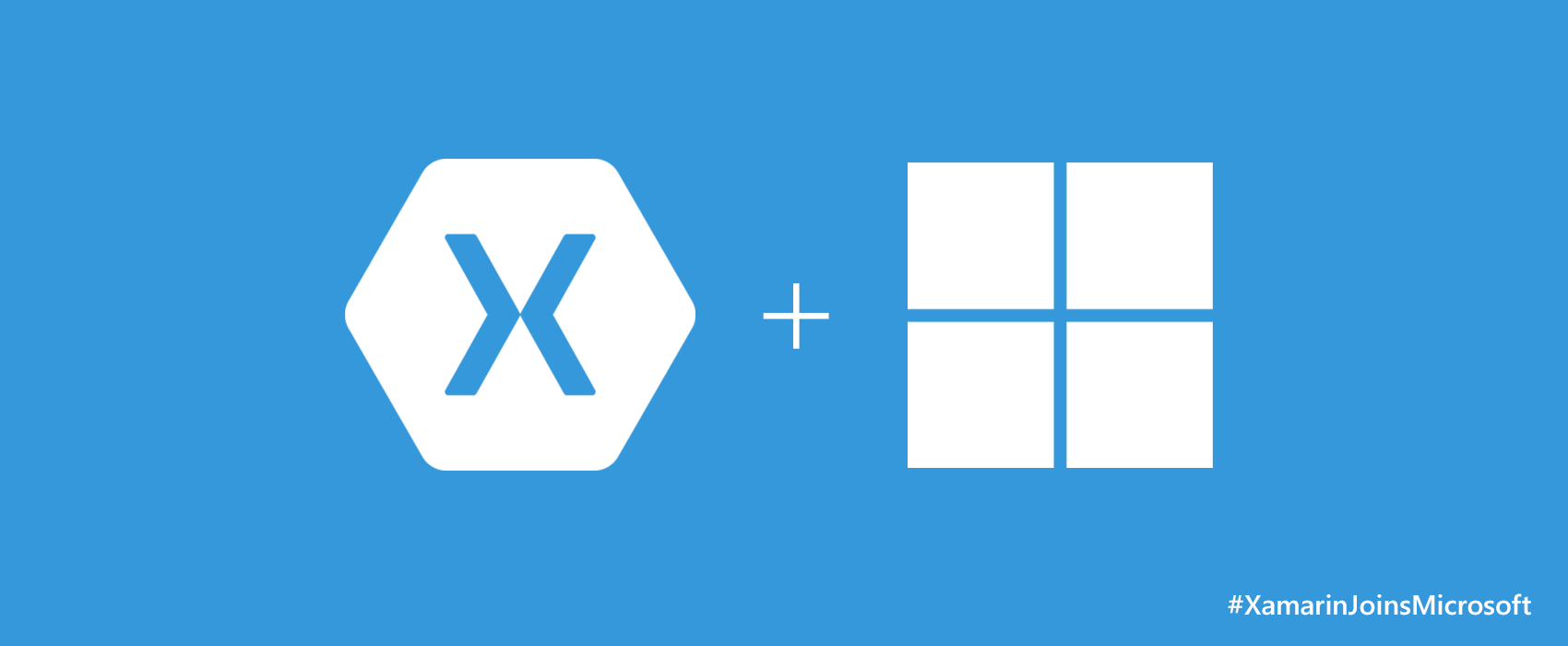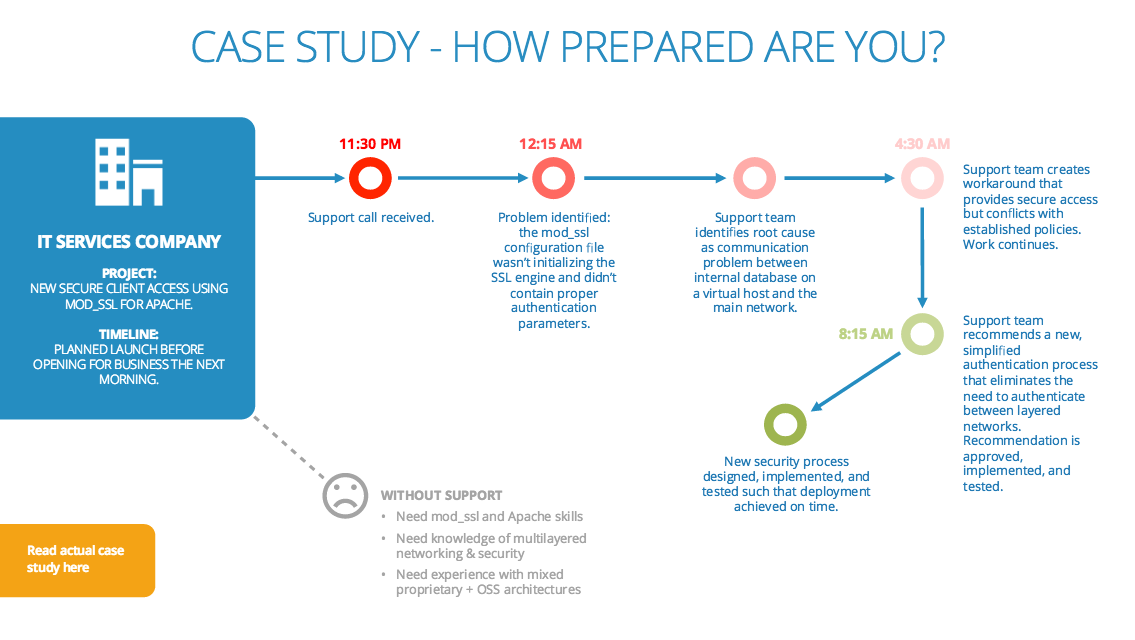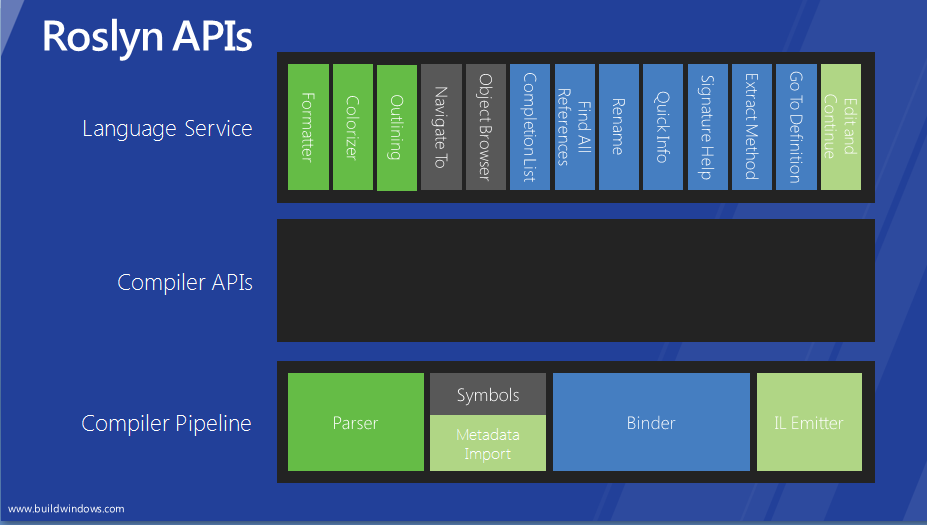It has been 14 years since SD Times (and SDTimes.com) hit the streets, and since then, the Great Wheel of History has rotated quite a few times.
We saw Java come, go, and come back again.
We watched the consumer Web take over the world through sites like Yahoo, Google and Facebook.
We witnessed the demise of hundreds of companies and their hyped technologies, whether through disuse, competitive acquisition or irrelevance.
Lately, we haven’t seen much public interest around enterprise IT; the focus has been on consumer tech. Indeed, other than a brief wave of excitement around enterprise service buses, it has been quite a while since the enterprise was as exciting as it is right now.
In Silicon Valley and around the world, enterprise software is where investors have decided to place their money. After years of focusing on consumers in software, investors have awakened to the fact that enterprises are great customers with very deep pockets. And, perhaps more importantly, developers have long known that enterprise software tends to be stale, stuffy and business-like.
Tell that to Atlassian, AppDirect, GitHub and Splunk. With the NoSQL movement in full swing and the mobile revolution well behind us now, the metaphorical enterprise has uncrossed his arms and come down off the mountain to see just what all this hubbub is about. In seconds, a decision-maker can have access to data from all across the company through RESTful APIs that give access to huge clusters of computers, all working to solve problems for pennies on the dollar.
Despite this perfect storm of enterprise-friendly technology, there are other factors at play here. During the financial meltdown and the ensuing two years of economic troubles, investors lined up to put their dough into consumer-focused startups, and to bring such companies to the public markets.
Anyone who has checked stock tickers recently, however, can clearly see that those investments didn’t always pan out. With examples like the Facebook IPO, Zynga’s struggles and the colossal failure of mega-startup Color, investors have taken black eyes in software startups despite the seeming economic dominance of Silicon Valley.
Not only is the enterprise ready to embrace all this new technology, investors may be ready to embrace those who would develop a company to sell to enterprises. And it certainly doesn’t hurt that it’s easier than ever to sell software and services to business customers: Salesforce.com and Amazon Web Services have both shown that self-service enterprise software is not only viable, it’s the right way to go.
If you are working in enterprise software, 2013 is going to be a great year. We are excited to see such interest in making businesses run more smoothly.
#!
Do you have Mono?
Microsoft-centric developers are everywhere, it seems. Yes, of course, many development shops focus on Eclipse, or build software in Java or C++, or focus exclusively on platforms like Linux or the Mac. However, many, many, many developers live in Visual Studio, write code using C# or Visual Basic, and target the .NET runtimes on Windows servers, the ASP.NET Web environment and SQL Server.
Being an expert in Microsoft development is a wonderful career move, and is an asset to any Microsoft shop—until the developer is asked to target something that’s not a Microsoft platform. That’s where Mono comes in, offering a runtime for .NET code on Android, BSD, iOS, Linux, Mac OS X, Solaris and Unix, as well as PlayStation 3, Wii and Xbox 360. Oh, Mono runs on Windows as well.
The big question for Windows-centric developers looking to target other platforms: What is Microsoft’s relation to Mono? After all, Mono is essentially reverse-engineered .NET. It’s one thing for enthusiasts, hobbyists or small shops to use, say, MonoTouch or MonoDroid for their mobile apps, or to port their ASP.NET code to run on Mono on an inexpensive Linux box.
Bigger businesses, especially those who do a lot of business with Microsoft or who rely upon the whole Windows Server stack, may not wish to go that route without Microsoft’s blessing, or without assurance that Microsoft won’t penalize them or rapidly render their Mono investments invalid.
The good news is that, after years of varying opposition to Mono, Microsoft appears to be changing its tune, or at least isn’t singing an anti-Mono song. As you’ll read in “Mono and .NET build up bridges” (p. 22), Mono is in a gray area, where it takes advantage of the movement of some Microsoft libraries into the open-source community, as well as the Microsoft Community Promise. Managers within Microsoft have even expressed gratitude that Mono can bring .NET into environments where Microsoft’s own development will never go, like creating a .NET runtime for non-Microsoft operating systems.
At present, Microsoft is leaving Mono alone. We believe that it’s not going to get better than this anytime soon; don’t hold your breath for official Microsoft support for Mono. Given that, there’s still a risk to base business-critical enterprise IT around Mono, but it is not a huge risk. If you are considering Mono, we say go for it.





